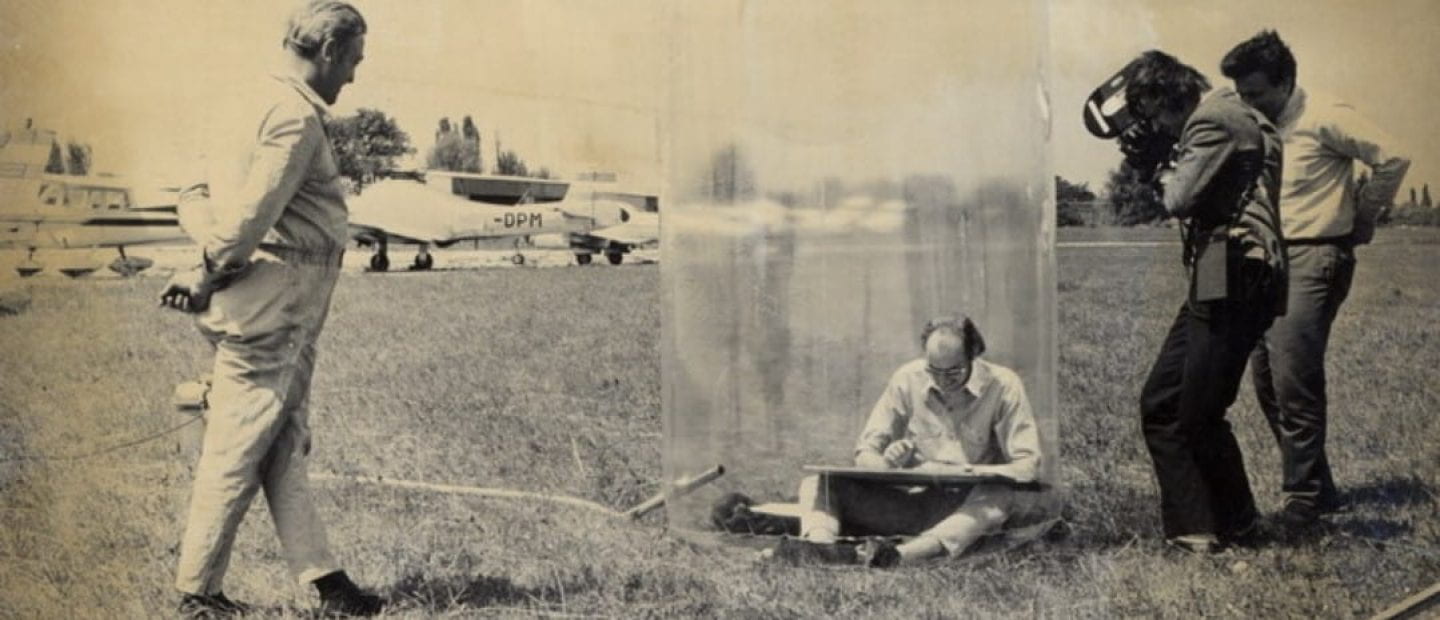Fluffy Sound
Following my Breathworks entry on Tremoring Breath in Fitzmaurice Voicework, here I want to provide a definition and explication of the vocal/respiratory synchronization that attends the tremor: fluffy sound.
Master Fitzmaurice Teacher, Michael Keith Morgan calls fluffy sound “the entrance to vocal expression in this system of training” (Morgan, 41). Prior to the entrance of fluffy sound in the Voicework, an actor initially explores the destructuring phase—and its various tremor positions—with a near, if not complete, disengagement of the vocal folds. Breath flows, tremors, and oftentimes spasms throughout the vocal apparatus as the actor discovers the various social conditions that have led to what psychosomatic analyst Wilhelm Reich termed the “inhibition of respiration…the basic mechanism of neurosis in general” (Reich, 308-9).
With the first introductions of vocality, meticulous care is taken to ease sonic expression into and out of the body reflecting “emotional and mental content without gripping or managing muscle… the focus is on the way one communicates rather than what is communicated” (Morgan, 41-41). Fully within the destructuring phase of the Voicework and still prior to any restructuring of the psycho-physical apparatus of the actor, the aim here is to engage with communicative and affective flow, if not linguistic communication. Morgan again: “…starting with fluffy sound rather than solid sound or text is to recover the spontaneity of expression at its source prior to the shaping influence of consciousness” (41).
Some tremoring positions will produce fluffy sound organically and some will not find access to it at all. The synchronization of tremor, breath, and vocal expression in particular positions rather than others are unique to each actor’s body. This synchronic movement, fluffy sound, remains first and foremost an exploratory gesture in order to ascertain “how the person controls, restrains or holds energy” (42). A technique of surrender, fluffy sound precedes “intentional sound, since by nature it does not require the full closure of the vocal folds” (42).
Michael Keith Morgan describes fluffy sound as a kind of “charged breath” that, coursing through, out, and around the body, shudders at the boundaries and bulwarks of a socially conditioned subjectivity—a subjectivity paradoxically “depersonalizing” (45, 46). Following heavily from Reichian bioenergetics, what Fitzmaurice Voicework offers here in the early destructuration exercises, is a “technique of personalization” a “journeying back to recover the lost intentions of the body that have been hindered by a variety of social and psychological restraints” (45, 42).
It’s been a long while since I’ve regularly engaged with the destructuring exercises in Fitzmaurice Voicework but since there is such a dearth of audio/video record of the work below you’ll find an attempt I made in the “dying cockroach” tremor position:
WORKS CITED
Morgan, Michael Keith. Constructing the Holistic Actor: Fitzmaurice Voicework. Lexington, KY: Michael Keith Morgan, 2012.
Reich, Wilhelm. The Function of the Orgasm. Trans. Vincent R. Carfagno, 1942. New York: Farar, Straus, and Giroux, 1970.



Leave a Reply
You must be logged in to post a comment.